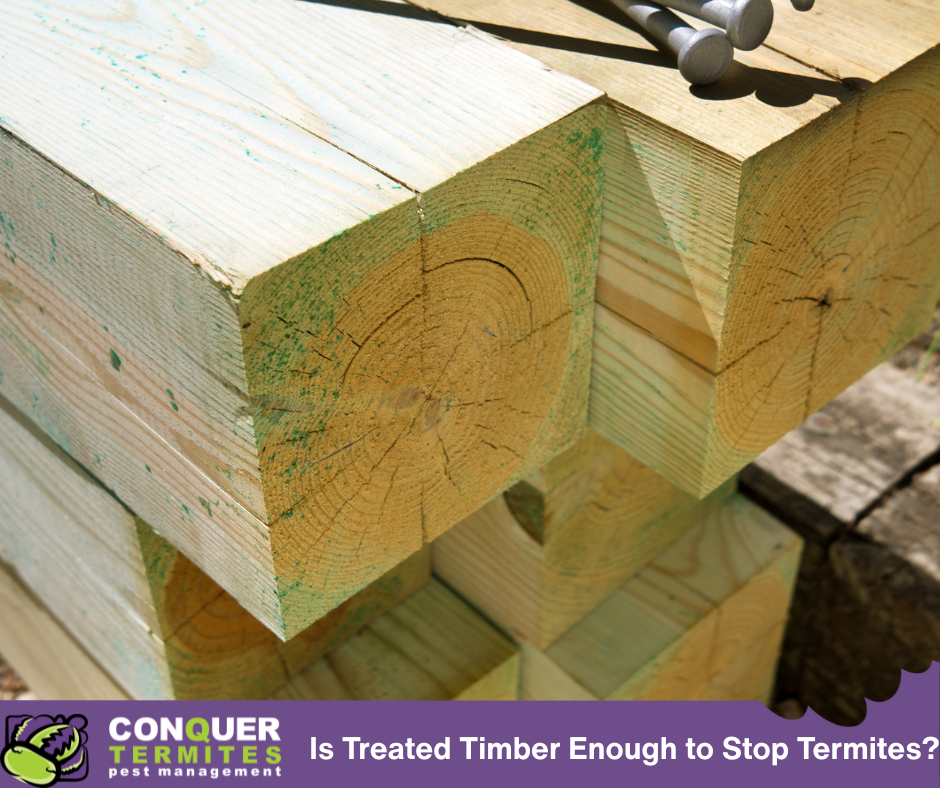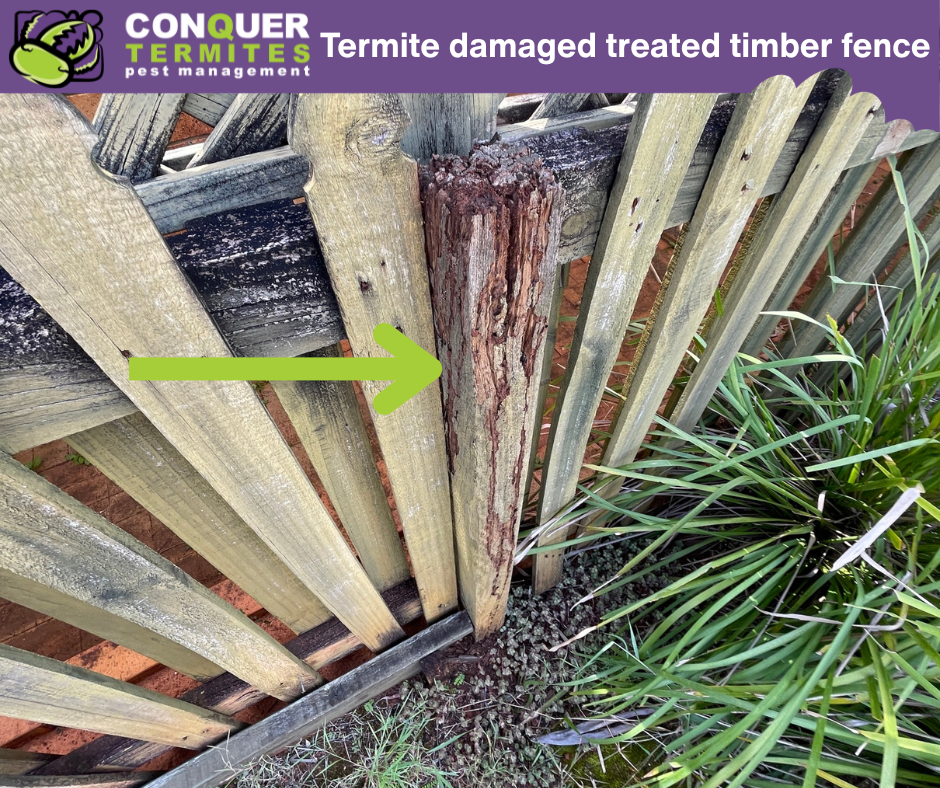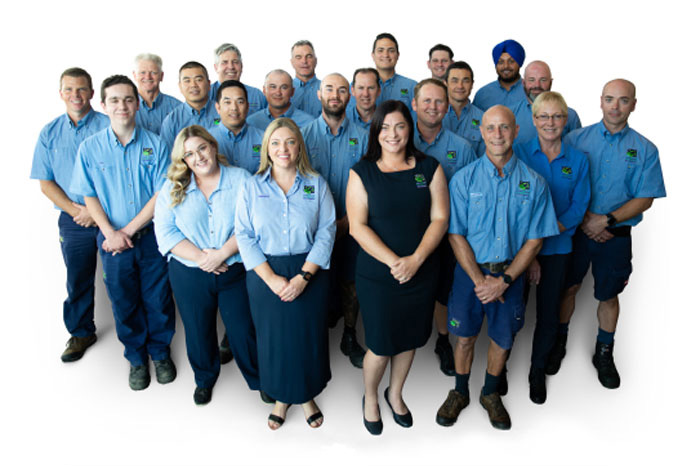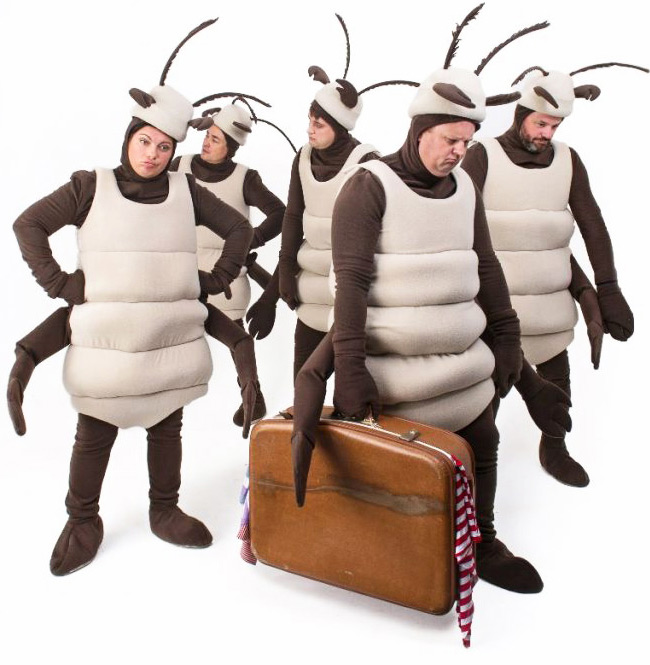Brisbane’s warm and humid climate makes it one of Australia’s most active regions for termites. So when you’re building or renovating, you might ask: Is treated timber really termite-resistant? The short answer is yes — when you use the correct treatment level and apply good building practices.
What Is Treated Timber?
Treated timber is natural timber that’s been infused with protective chemicals to deter:
- Termites
- Fungal decay
- Borer attack
- Moisture damage
It’s commonly used in framing, external structures, garden landscaping, and more. These treatments extend the life of timber, especially in termite-prone areas like Brisbane.
Understanding Timber Treatment Levels: H2, H3 & H4
In Australia, treated timber is rated by Hazard (H) Levels, depending on where and how it will be used. Here’s what each rating means:
H2 – Internal Use Only
- Use: Inside wall frames, roof timbers – areas protected from weather.
- Protection: Against termites only (not moisture).
- Treatment: Synthetic pyrethroids like permethrin or bifenthrin.
- Note: Only suitable for dry, enclosed areas. Not appropriate for external use.
H3 – Outside Above Ground
- Use: Timber used externally but not in contact with the ground (e.g. cladding, pergola rafters).
- Protection: Against termites, decay, and fungal rot.
- Treatment: Products like LOSP (Light Organic Solvent Preservative), copper azole, or ACQ (alkaline copper quaternary).
- Note: Must have good drainage and airflow. Can fail if moisture pools or timber stays wet.
H4 – Ground Contact
- Use: Timber installed in contact with the ground (e.g. retaining walls, fence posts).
- Protection: Against termites, fungi, borers, and rot in damp soil environments.
- Treatment: Often CCA (Copper Chrome Arsenate) or ACQ.
- Note: Very durable when used correctly, but poor installation in saturated soil can still lead to decay.
The following video from the New South Wales Environmental Protection Authority explains the different treated timbers available in detail: NSW Environment Protection Authority
https://www.youtube.com/watch?v=M716uK3_jPU
⚠️ Vulnerabilities from Off-Cuts, Holes & Poor Installation
Treated timber is only resistant if it’s used correctly. Here’s where we often see issues in Brisbane homes:
- Off-cuts or end-trims expose the untreated inner timber core — a weak spot termites can exploit.
- Drilled holes for electrical or plumbing work are often left unsealed.
- Buried H3 timber instead of H4 can lead to early failure due to constant ground contact and moisture.
- Unsealed cuts in H2 or H3 framing timber can completely compromise its termite resistance.
✅ Always reseal cut ends with a suitable timber preservative or end-seal product to restore protection.
🏠 Where Treated Timber Is Used in Brisbane Homes:
- Wall frames and roof structures
- External posts, battens, pergolas
- Retaining walls, sleepers, and fencing
- Timber stairs or decks
🐜 Final Word: Treated Timber Helps — But Termite Inspections Are Essential
Even correctly treated timber can be bypassed or bridged by termites, especially in a high-risk area like Brisbane. At Conquer Termites, we frequently find termites attacking areas homeowners assumed were protected.
Book a professional termite inspection to confirm your home is secure — or to catch any early signs of activity before damage begins.
Call us on 1300 417 007
For more information:





